19 years on, Haditha massacre photos testament to US war crimes in Iraq
By Wesam Bahrani
In an investigative report published on Tuesday, the New Yorker laid bare what people in Iraq already knew but the US military-industrial complex desperately tried to cover up for 19 years.
On November 19, 2005, in the western Iraqi province of Anbar, US Marines stationed in Haditha town went from one house to another, executing at least two dozen Iraqi civilians in cold blood.
At the time, eyewitnesses and survivors said the youngest victim was a three-year-old girl, and no mercy was shown to the men, women, and children who were shot at point-blank range.
Before the mass execution, four students in a taxi were forced out of their car and shot dead along with their driver.
It took a report by Time magazine for the US military to open an investigation a few years after the incident but all charges were swiftly dropped against the Marines because the massacre was a war crime and it could have further tarnished the image of US occupation forces.
Almost 19 years on, photos obtained and published by the New Yorker show graphic aftermath of dead parents trying to shield their dead children. Entire families and their infants brutally killed and then photographed by the occupation forces for sadistic pleasures.
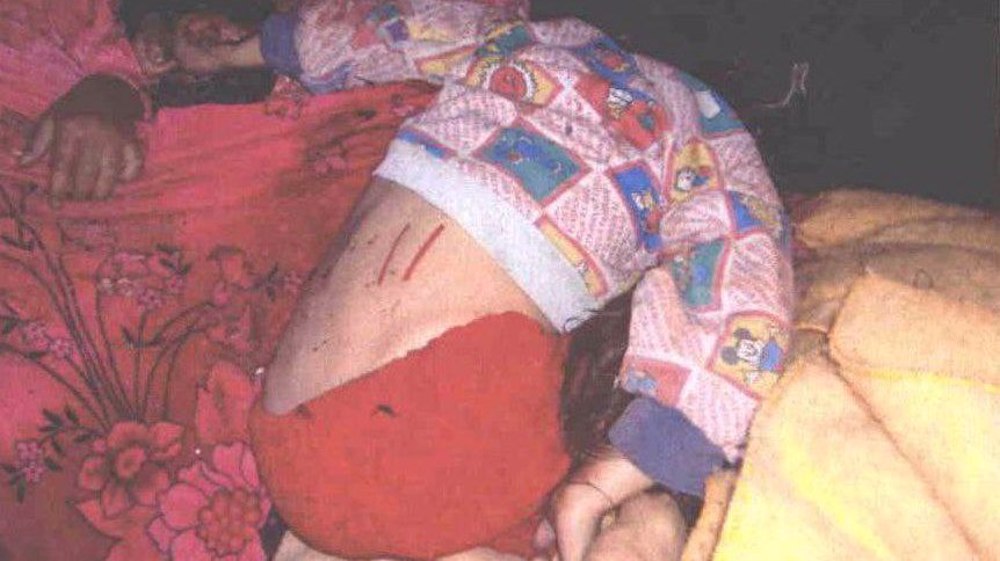
Had the photos not been disclosed, the story wouldn’t have received the media coverage the way it has now. And the question remains, whether the US Marines involved in this diabolic war crime will go on trial. We all know the answer.
When it comes to Iraq and the US military occupation of the Arab country, the narrative from Washington has always been “a few bad apples”.
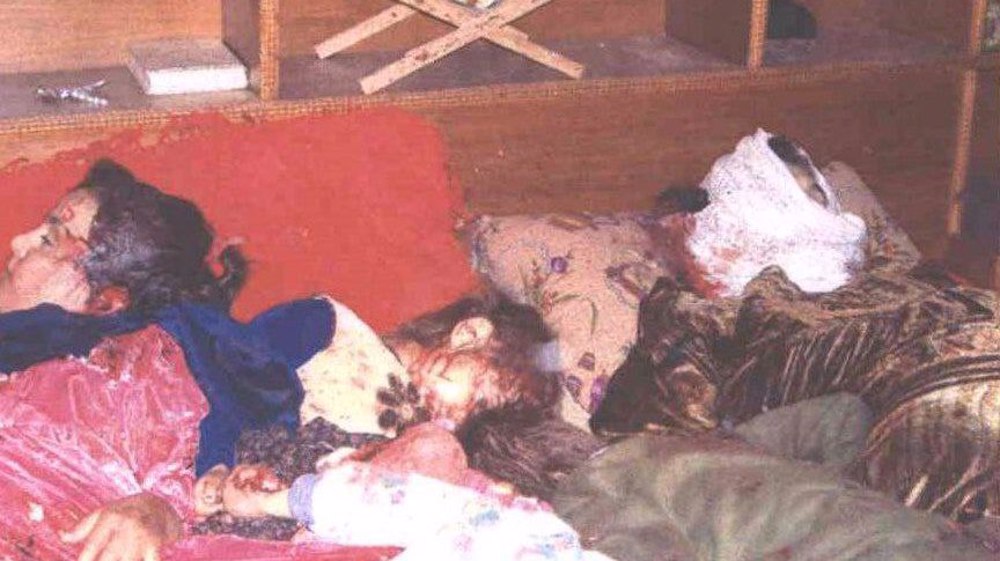
The US torture chamber used against Iraqi detainees in the notorious Abu Ghraib prison didn’t change before and after the Iraqi dictator Saddam Hussein: “A few bad apples.”
US army soldiers gang-raped 14-year-old Abeer al-Janabi and then murdered her along with her parents, who tried to stop the sexual abuse against their daughter but were dragged into an adjacent room and had their limbs broken before being executed.
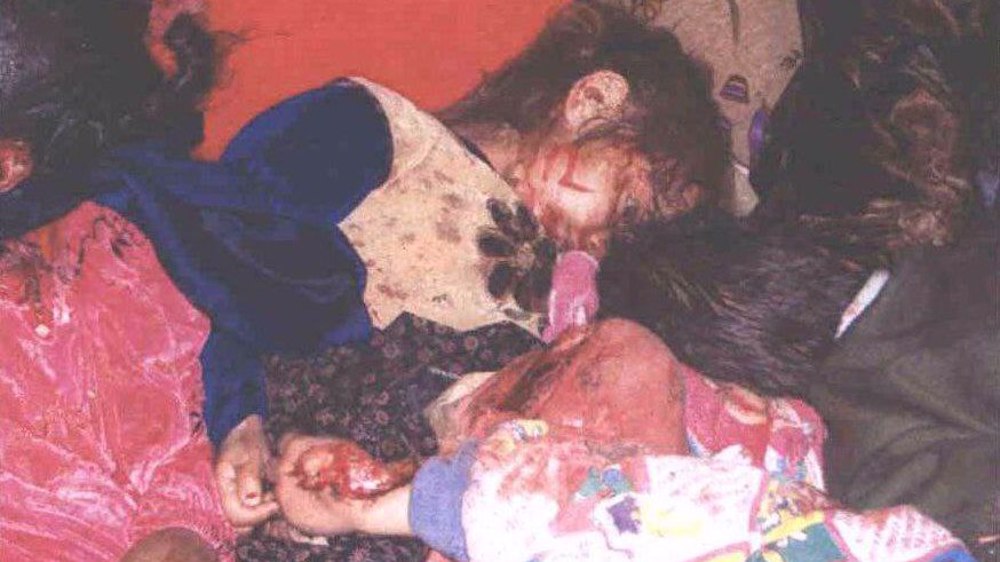
Abeer’s six-year-old sister was also murdered mercilessly.
This war crime happened on March 12, 2006, in al-Mahmoudiyah, south of the capital Baghdad, where one of the rapists described the terror as “awesome”.
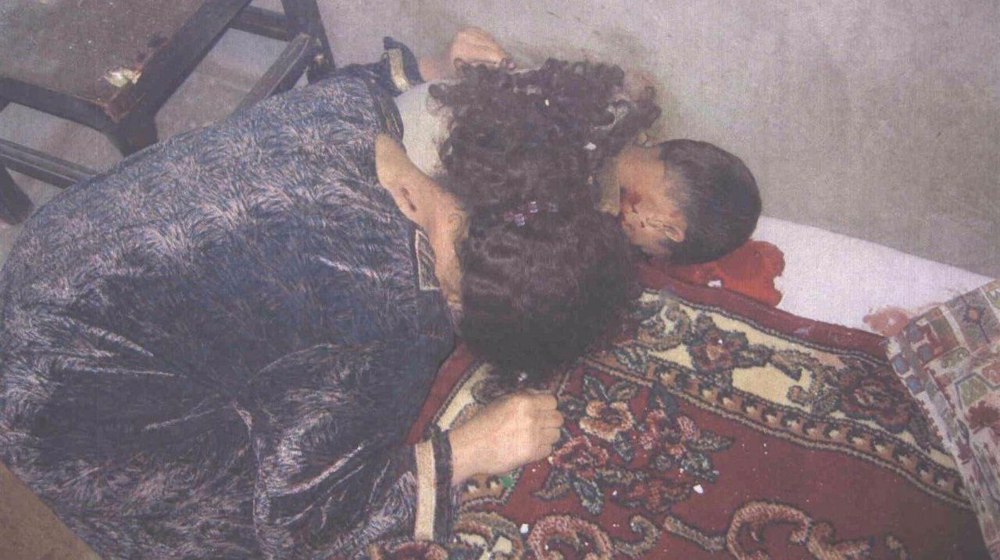
A US probe, which only took place because Iraqi police arrived at the scene and made some noise, concluded that Abeer and her family were murdered by Iraqis. A domestic issue.
Only after scathing evidence emerged, the US military cover-up went downhill, and the rapists were prosecuted but of course, the American soldiers were just “a few bad apples”.
Iraqis are asking how many bad apples were there in the US occupation of their country. Because this sounds more systematic than random cases of war crimes. In which case, why aren’t senior US Army commanders sitting before a jury?
During the first phase of the US occupation of Iraq from 2003 to 2011, international human rights watchdogs documented US forces’ engagement in “rampant violations, including indiscriminate attacks that killed and injured civilians, secret detainee transfers, enforced disappearance, torture, and other cruel, inhuman or degrading treatment."
They also reported that former detainees were subjected to a litany of abuses in detention centers, including" sleep deprivation, forced nudity, deprivation of adequate food and water, mock executions, and threats of rape.”
As Iraqis continue to be haunted by state-sponsored terror inflicted upon them, the US has already moved on from its vast atrocities in the past to now aid and abet a new round of atrocities in Gaza against hapless Palestinian children and women.
The death toll in the genocidal war has surpassed 40,500, most of them (69 percent) children and women, according to the Palestinian health ministry. Thousands of others remain trapped under the rubble. And it has all been possible with direct sponsorship of the US military-industrial complex.
Tel Aviv learned a lesson from the US invasion of Iraq, and it certainly wasn’t how to conduct urban warfare.
Since October 7, the Israelis, using US-made weaponry, have bombed every inch of the strip and banned prominent war reporters from entering the blockaded territory for an important reason.
Tel Aviv argues that it’s for the “reporters’ safety,” but that’s a decision for reporters and always has been in the history of wars across the world.
Independent Western reporters are insisting on entering the blockaded territory, but they have been effectively banned. That means the narrative that the Western world is hearing from and about Gaza is purely the American-Israeli one.
However, thanks to social media platforms, a global audience is receiving a tiny glimpse of the US-backed war crimes in Gaza. And this tiny glimpse has led millions to protest on the streets in pro-Palestine demonstrations around the world.
The atrocities In Gaza aided and abetted by the US, are similar, if not much worse, than Iraq, considering the size and population of the blockaded strip.
Children have been shot at point-blank range, UN schools for the displaced have been bombed, headless infants have arrived at defunct hospitals, and an endless list of war crimes.
Other cases, such as the mass arrest of civilians, including doctors and nurses dragged from hospitals, stripped of their clothes, and taken to military detention centers to be tortured and raped, have received little coverage.
These cases have been documented but hidden from cameras and so the true extent of killings, torture, detentions, abuse or rape may never see the light of the day.
Just like we will never know the true extent of the US war crimes in Iraq.
Wesam Bahrani is an Iraqi journalist and commentator.
(The views expressed in this article do not necessarily reflect those of Press TV.)
Spain jurists demand ties with Israel ties be cut
VIDEO | Press TV's news headlines
VIDEO | Iran honors top Science Olympiad medalists
VIDEO | Austrians arrested at Gaza protest in Vienna
10 killed in bus crash in western Iran
VIDEO | One-man-band journalism with Civili
5 Israeli forces killed as Palestinian fighters face up to regime’s war machine
VIDEO | An insider's view of the country: Persian Tahini, Royan in Mazandaran





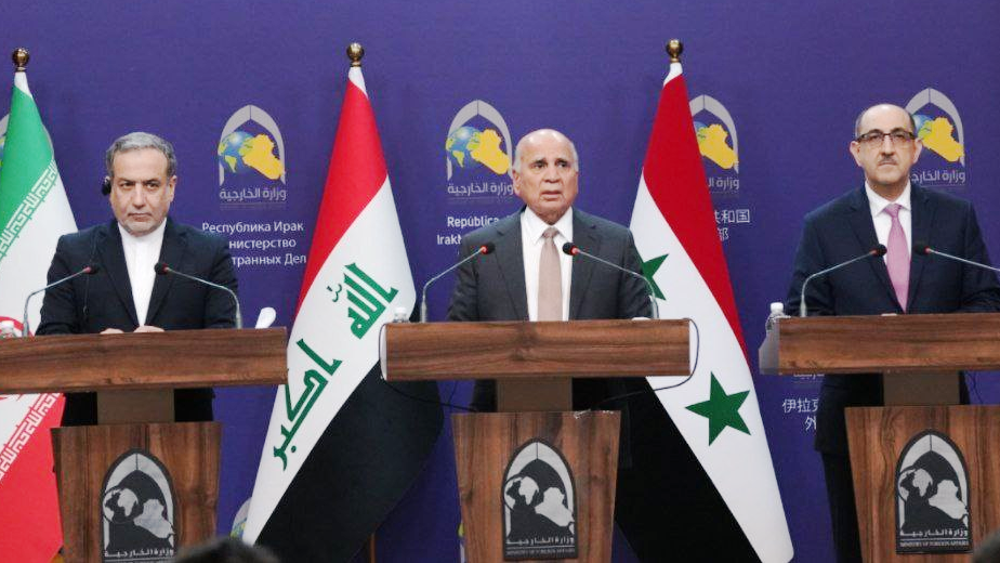



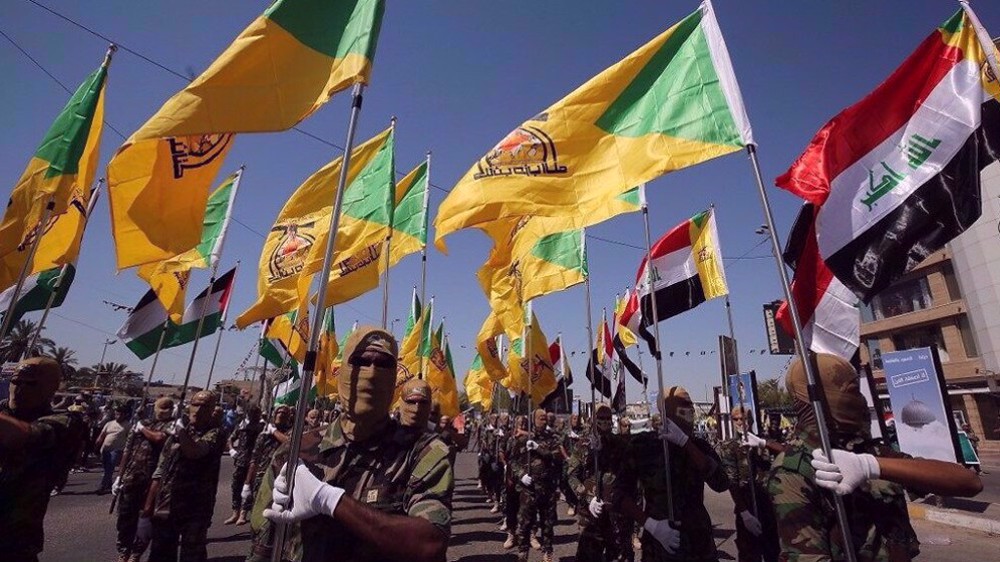
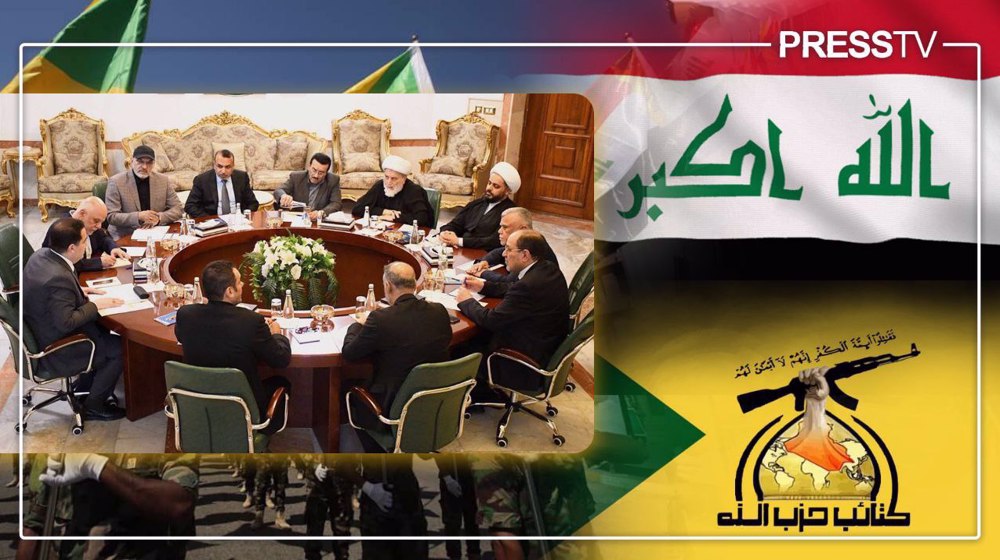
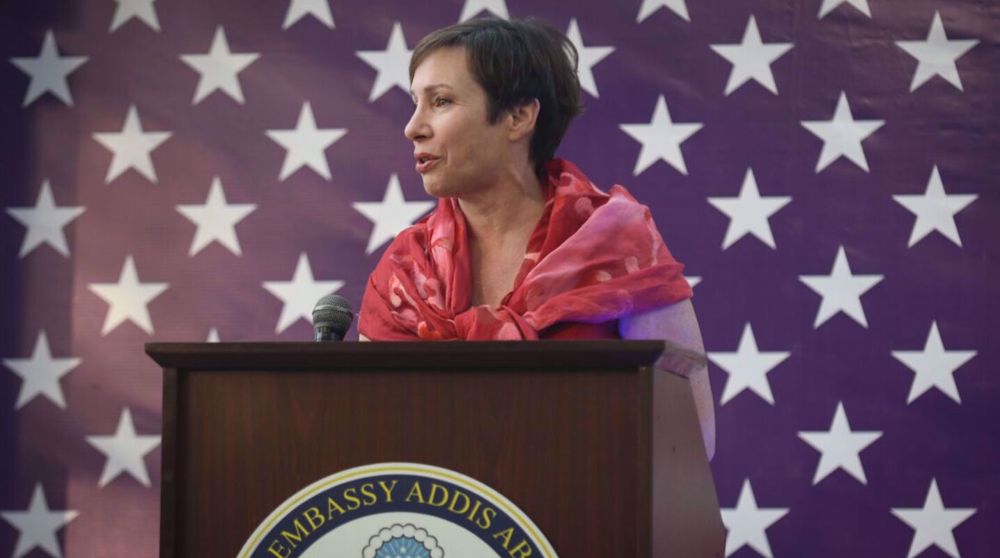

 This makes it easy to access the Press TV website
This makes it easy to access the Press TV website